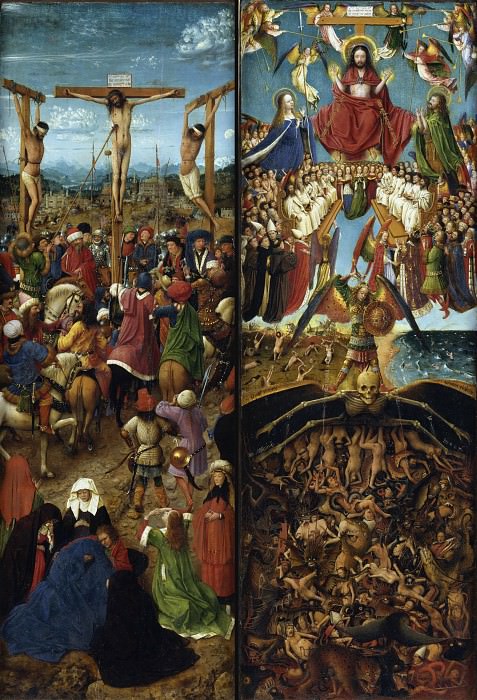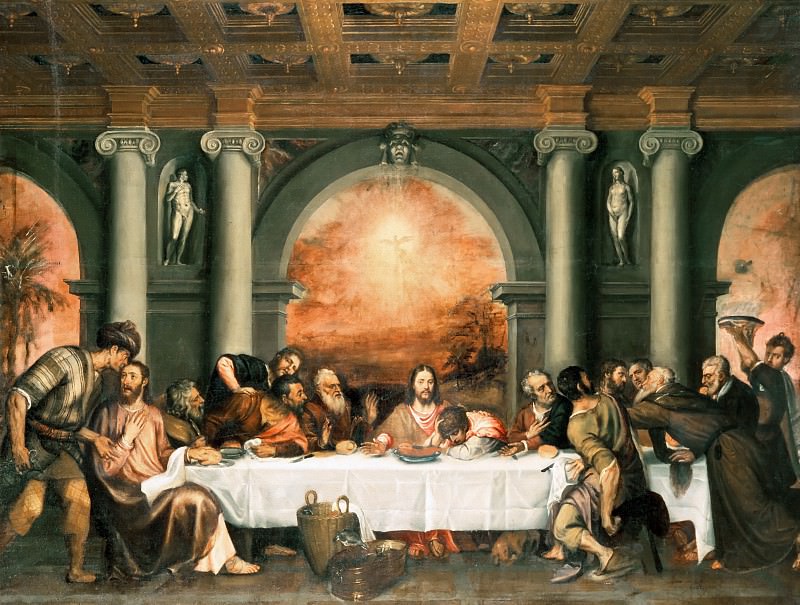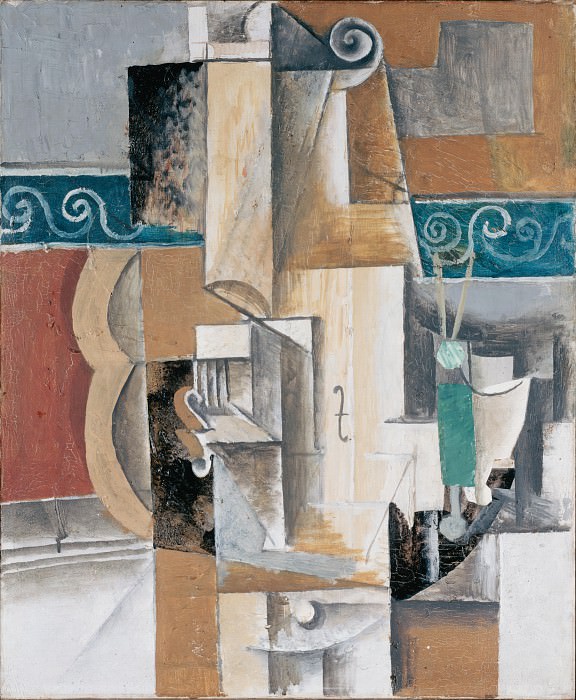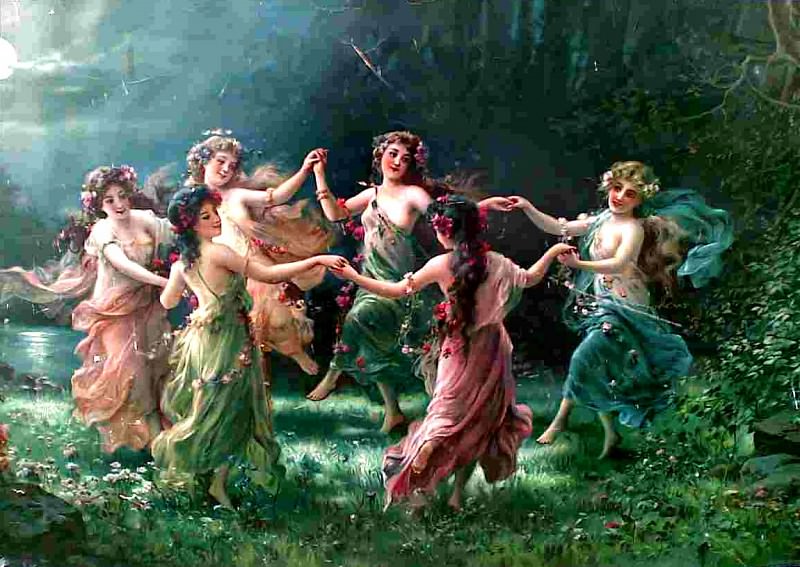Kazimir Malevich: Pioneer of Suprematism and Abstract Art
Kazimir Malevich, a Russian avant-garde artist, is renowned for his profound influence on modern art through his pioneering of the Suprematist movement. Born on February 23, 1879, in Kiev, Malevich's journey into the world of art began in a Russia undergoing rapid social and political changes. His work is characterized by a radical departure from representational art, emphasizing pure artistic feeling over traditional aesthetic and narrative elements.
Early Life and Artistic Beginnings
Malevich's early life was shaped by a love for nature and a deep interest in the everyday lives of people. His first exposure to art came from seeing peasant embroideries, wall paintings, and church decorations. This rustic aesthetic would later inform his approach to art. Malevich formally began his artistic education in Moscow, where he studied at the Moscow School of Painting, Sculpture, and Architecture. His early works were heavily influenced by Impressionism and Symbolism, but he quickly moved beyond these styles.
Transition to Avant-Garde
The early 20th century was a time of great experimentation in the art world. Malevich was influenced by the burgeoning movements of Cubism and Futurism, which sought to break away from traditional forms and explore new dimensions in art. He began to incorporate these influences into his work, developing a unique style that combined geometric forms with a dynamic sense of movement and rhythm.
The Birth of Suprematism
In 1915, Malevich introduced Suprematism, a movement that would revolutionize modern art. Suprematism is characterized by simple geometric shapes such as squares, circles, and lines, rendered in a limited range of colors. Malevich believed that art should transcend the objective world and express pure artistic feeling. His famous work, "Black Square," created in 1915, epitomizes this philosophy. The painting, a simple black square on a white background, was a radical departure from anything that had come before it. It represented the zero point of painting, a break from the past and a new beginning for art.
Philosophy and Influence
Malevich's Suprematist works are not merely about geometric shapes but are deeply philosophical. He saw his art as a way to explore the relationship between form and meaning, and to push the boundaries of what art could be. Malevich's ideas were also influenced by the broader cultural and intellectual currents of his time, including the ideas of Russian Futurism and Constructivism. His work sought to capture the essence of perception and to express the fundamental structures of human consciousness.
Later Works and Legacy
After the Russian Revolution, Malevich continued to explore the potential of abstract art. He created a series of works known as the "White on White" series, which took the principles of Suprematism to their logical extreme. These paintings, featuring white shapes on a white background, represent a further step towards the dematerialization of art. However, the rise of Socialist Realism in the Soviet Union in the late 1920s and early 1930s led to a decline in Malevich's influence. His abstract work was condemned as bourgeois and decadent, and he was forced to return to more traditional, representational forms.
Despite these challenges, Malevich's legacy endured. His ideas and works continued to inspire artists around the world. The principles of Suprematism influenced the development of various modernist and contemporary art movements, including Minimalism and Abstract Expressionism. Malevich's work is celebrated for its boldness, originality, and its profound impact on the course of modern art.
Malevich's Influence on Modern Art
Kazimir Malevich's influence on modern art cannot be overstated. His development of Suprematism marked a significant departure from traditional artistic practices and paved the way for future explorations into abstraction. The simplicity and purity of his geometric forms have inspired countless artists and movements, contributing to the evolution of non-representational art. Malevich's insistence on the primacy of artistic feeling over representational accuracy challenged conventional notions of art and expanded the possibilities of artistic expression.
Exhibitions and Recognition
Malevich's work has been exhibited in major museums and galleries around the world, solidifying his status as a pivotal figure in the history of art. Retrospectives of his work have been held at prestigious institutions such as the Museum of Modern Art in New York and the Stedelijk Museum in Amsterdam. These exhibitions have provided audiences with the opportunity to experience the depth and breadth of his artistic vision. The continued interest in Malevich's work underscores its enduring relevance and its ability to resonate with contemporary audiences.
Malevich's Writings and Theoretical Contributions
In addition to his paintings, Malevich was also a prolific writer. His theoretical writings on art, including his seminal work "The Non-Objective World," articulate the principles of Suprematism and offer insights into his artistic philosophy. Malevich's writings provide a valuable context for understanding his work and his contributions to the broader discourse on art and aesthetics. His ideas about the role of art in society and the nature of artistic creation continue to be studied and debated by scholars and artists alike.
Suprematism in the Context of Russian Avant-Garde
Suprematism emerged during a period of intense experimentation and innovation in Russian art. Malevich was part of a vibrant avant-garde community that included other influential artists such as Wassily Kandinsky and El Lissitzky. This community was characterized by a shared commitment to exploring new forms and ideas in art. Suprematism, with its emphasis on geometric abstraction and pure artistic feeling, represented a radical departure from the figurative traditions that had dominated Russian art. The movement played a crucial role in the development of the Russian avant-garde and its impact can still be seen in contemporary art practices.
Malevich's Enduring Legacy
Kazimir Malevich's legacy extends beyond his contributions to Suprematism and abstract art. His work and ideas have left an indelible mark on the history of art and continue to influence artists today. Malevich's pioneering spirit and his commitment to pushing the boundaries of artistic expression have inspired generations of artists to explore new possibilities in their own work. His influence can be seen in a wide range of artistic practices, from painting and sculpture to design and architecture. The enduring relevance of Malevich's work is a testament to his visionary approach and his profound impact on the world of art.
Conclusion
Kazimir Malevich's contributions to the world of art are immeasurable. As the founder of Suprematism, he challenged traditional notions of art and opened up new possibilities for artistic expression. His radical departure from representational art and his emphasis on pure artistic feeling have left a lasting legacy that continues to inspire and influence contemporary artists. Malevich's work, characterized by its simplicity, purity, and profound philosophical depth, remains a cornerstone of modern art. Through his paintings, writings, and theoretical contributions, Malevich has secured his place as one of the most important and influential artists of the 20th century. His enduring impact on the art world is a testament to his vision, creativity, and his unwavering commitment to exploring the outer limits of artistic expression.
Kazimir Malevich, a Russian avant-garde artist, is renowned for his profound influence on modern art through his pioneering of the Suprematist movement. Born on February 23, 1879, in Kiev, Malevich's journey into the world of art began in a Russia undergoing rapid social and political changes. His work is characterized by a radical departure from representational art, emphasizing pure artistic feeling over traditional aesthetic and narrative elements.
Early Life and Artistic Beginnings
Malevich's early life was shaped by a love for nature and a deep interest in the everyday lives of people. His first exposure to art came from seeing peasant embroideries, wall paintings, and church decorations. This rustic aesthetic would later inform his approach to art. Malevich formally began his artistic education in Moscow, where he studied at the Moscow School of Painting, Sculpture, and Architecture. His early works were heavily influenced by Impressionism and Symbolism, but he quickly moved beyond these styles.
Transition to Avant-Garde
The early 20th century was a time of great experimentation in the art world. Malevich was influenced by the burgeoning movements of Cubism and Futurism, which sought to break away from traditional forms and explore new dimensions in art. He began to incorporate these influences into his work, developing a unique style that combined geometric forms with a dynamic sense of movement and rhythm.
The Birth of Suprematism
In 1915, Malevich introduced Suprematism, a movement that would revolutionize modern art. Suprematism is characterized by simple geometric shapes such as squares, circles, and lines, rendered in a limited range of colors. Malevich believed that art should transcend the objective world and express pure artistic feeling. His famous work, "Black Square," created in 1915, epitomizes this philosophy. The painting, a simple black square on a white background, was a radical departure from anything that had come before it. It represented the zero point of painting, a break from the past and a new beginning for art.
Philosophy and Influence
Malevich's Suprematist works are not merely about geometric shapes but are deeply philosophical. He saw his art as a way to explore the relationship between form and meaning, and to push the boundaries of what art could be. Malevich's ideas were also influenced by the broader cultural and intellectual currents of his time, including the ideas of Russian Futurism and Constructivism. His work sought to capture the essence of perception and to express the fundamental structures of human consciousness.
Later Works and Legacy
After the Russian Revolution, Malevich continued to explore the potential of abstract art. He created a series of works known as the "White on White" series, which took the principles of Suprematism to their logical extreme. These paintings, featuring white shapes on a white background, represent a further step towards the dematerialization of art. However, the rise of Socialist Realism in the Soviet Union in the late 1920s and early 1930s led to a decline in Malevich's influence. His abstract work was condemned as bourgeois and decadent, and he was forced to return to more traditional, representational forms.
Despite these challenges, Malevich's legacy endured. His ideas and works continued to inspire artists around the world. The principles of Suprematism influenced the development of various modernist and contemporary art movements, including Minimalism and Abstract Expressionism. Malevich's work is celebrated for its boldness, originality, and its profound impact on the course of modern art.
Malevich's Influence on Modern Art
Kazimir Malevich's influence on modern art cannot be overstated. His development of Suprematism marked a significant departure from traditional artistic practices and paved the way for future explorations into abstraction. The simplicity and purity of his geometric forms have inspired countless artists and movements, contributing to the evolution of non-representational art. Malevich's insistence on the primacy of artistic feeling over representational accuracy challenged conventional notions of art and expanded the possibilities of artistic expression.
Exhibitions and Recognition
Malevich's work has been exhibited in major museums and galleries around the world, solidifying his status as a pivotal figure in the history of art. Retrospectives of his work have been held at prestigious institutions such as the Museum of Modern Art in New York and the Stedelijk Museum in Amsterdam. These exhibitions have provided audiences with the opportunity to experience the depth and breadth of his artistic vision. The continued interest in Malevich's work underscores its enduring relevance and its ability to resonate with contemporary audiences.
Malevich's Writings and Theoretical Contributions
In addition to his paintings, Malevich was also a prolific writer. His theoretical writings on art, including his seminal work "The Non-Objective World," articulate the principles of Suprematism and offer insights into his artistic philosophy. Malevich's writings provide a valuable context for understanding his work and his contributions to the broader discourse on art and aesthetics. His ideas about the role of art in society and the nature of artistic creation continue to be studied and debated by scholars and artists alike.
Suprematism in the Context of Russian Avant-Garde
Suprematism emerged during a period of intense experimentation and innovation in Russian art. Malevich was part of a vibrant avant-garde community that included other influential artists such as Wassily Kandinsky and El Lissitzky. This community was characterized by a shared commitment to exploring new forms and ideas in art. Suprematism, with its emphasis on geometric abstraction and pure artistic feeling, represented a radical departure from the figurative traditions that had dominated Russian art. The movement played a crucial role in the development of the Russian avant-garde and its impact can still be seen in contemporary art practices.
Malevich's Enduring Legacy
Kazimir Malevich's legacy extends beyond his contributions to Suprematism and abstract art. His work and ideas have left an indelible mark on the history of art and continue to influence artists today. Malevich's pioneering spirit and his commitment to pushing the boundaries of artistic expression have inspired generations of artists to explore new possibilities in their own work. His influence can be seen in a wide range of artistic practices, from painting and sculpture to design and architecture. The enduring relevance of Malevich's work is a testament to his visionary approach and his profound impact on the world of art.
Conclusion
Kazimir Malevich's contributions to the world of art are immeasurable. As the founder of Suprematism, he challenged traditional notions of art and opened up new possibilities for artistic expression. His radical departure from representational art and his emphasis on pure artistic feeling have left a lasting legacy that continues to inspire and influence contemporary artists. Malevich's work, characterized by its simplicity, purity, and profound philosophical depth, remains a cornerstone of modern art. Through his paintings, writings, and theoretical contributions, Malevich has secured his place as one of the most important and influential artists of the 20th century. His enduring impact on the art world is a testament to his vision, creativity, and his unwavering commitment to exploring the outer limits of artistic expression.




